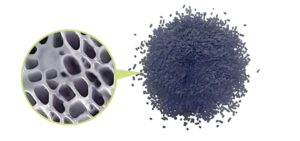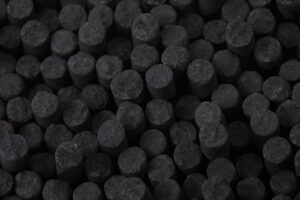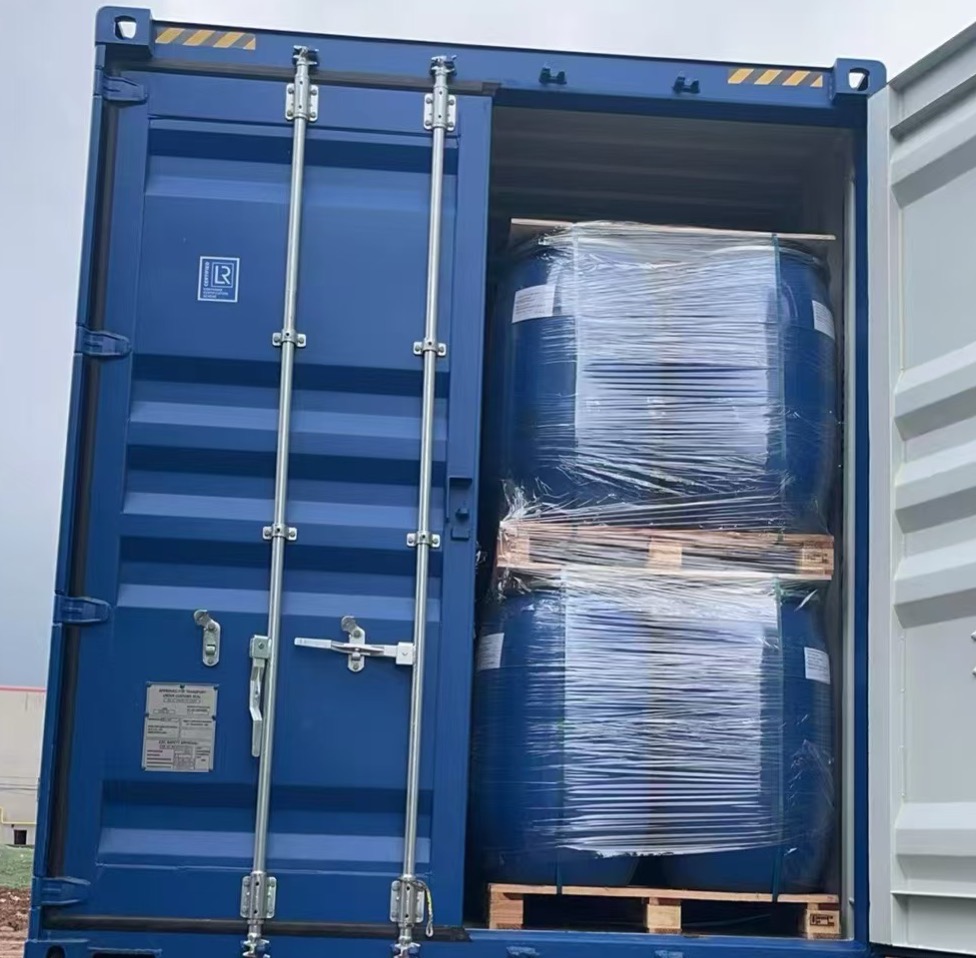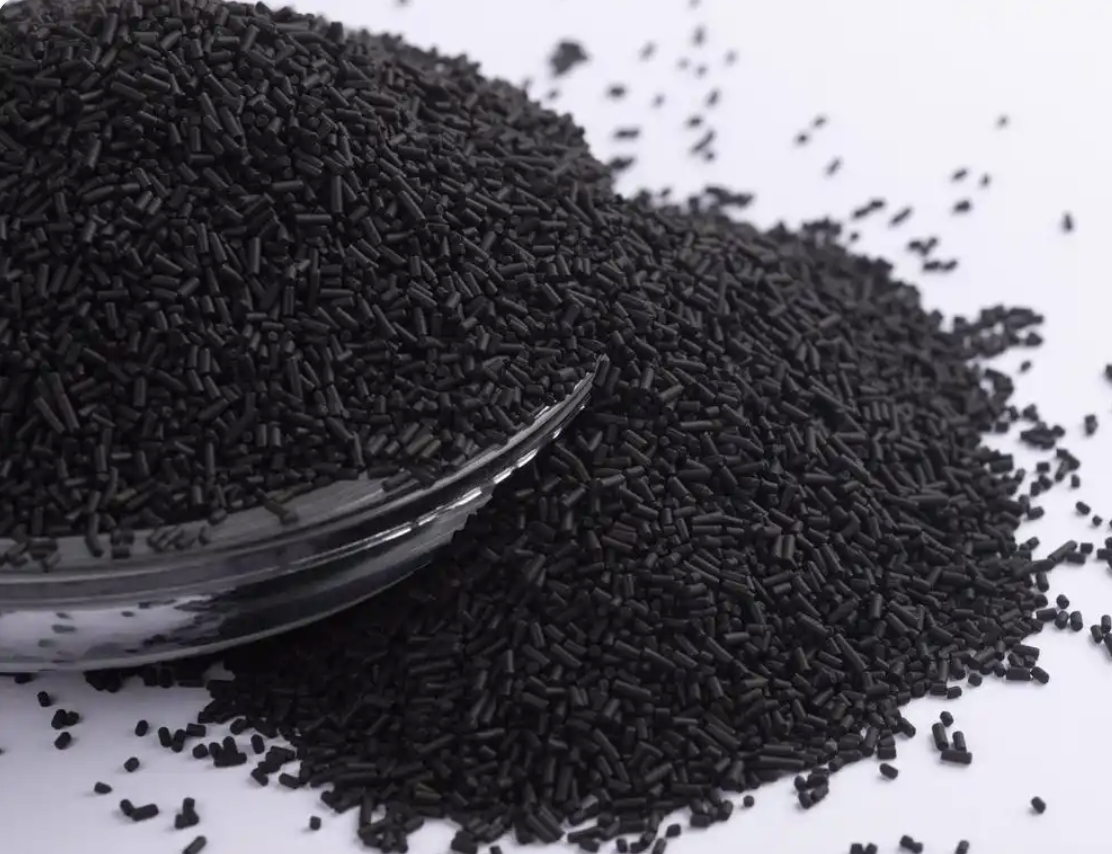What are the key factors affecting the effectiveness of activated carbon?
Activated carbon is widely used in fields such as gas purification, water treatment, decolorization, and industrial waste gas treatment. The performance of its adsorption is not only determined by the characteristics of activated carbon itself, but also influenced by external conditions and process parameters. I will deeply analyze the key factors affecting the adsorption effect of activated carbon from a technical perspective to help everyone better understand its application.
一. Adsorption Principle of Activated Carbon
The adsorption effect of activated carbon mainly relies on the following two mechanisms:
1. Physical Adsorption
Activated carbon has a developed pore structure and high specific surface area (the surface area of 1g activated carbon can reach 800-1500㎡), which provides a broad space for adsorbed molecules. Physical adsorption is a reversible process that achieves molecular attraction through van der Waals forces and is often used for the adsorption of organic gases and small molecules.
2. Chemical Adsorption
The surface of activated carbon contains active functional groups such as hydroxyl and carboxyl groups, which can form stable chemical bonds with specific pollutants through chemical reactions. This type of adsorption is usually irreversible and is suitable for removing strong polar molecules or specific inorganic ions in gaseous pollutants.

二. Main Factors Affecting the Adsorption Effect of Activated Carbon
1. Quality of Activated Carbon
The iodine value is a key indicator for evaluating the adsorption capacity of activated carbon for small molecules. Generally, the higher the iodine value, the more developed the micro-pore structure of activated carbon and the stronger its adsorption capacity. However, relying solely on the iodine value cannot fully reflect the adsorption capacity of activated carbon. Therefore, a comprehensive analysis based on other indicators is also necessary.
Iodine value: It reflects the adsorption capacity of activated carbon for small molecules. The higher the value, the better the adsorption performance.
Methylene blue value: It measures the adsorption capacity of activated carbon for medium-sized molecules.
Ash and moisture: High ash and moisture content will occupy the pore structure, thereby reducing the adsorption efficiency.
pH value: A suitable pH range for the application scenario can enhance the stability of activated carbon.
2. Control temperature and adsorption time
(1) The influence of temperature
Adsorption is an exothermic reaction. Excessively high temperatures will inhibit the adsorption capacity, while excessively low temperatures will slow down the adsorption rate. Practical experience shows that within the temperature range of 50°C to 80°C, the adsorption rate and capacity of activated carbon can achieve a relatively balanced state.
(2) Optimization of adsorption time
The adsorption process requires a certain amount of time to reach dynamic equilibrium. The following methods can optimize the adsorption time:
Extend contact time: Generally, an adsorption time of about 30 minutes can meet the needs of most applications.
Stirring to enhance mass transfer: Appropriate stirring can increase the molecular collisions between the adsorbent and the adsorbate, thereby shortening the adsorption time.
3. Adjust pH value to optimize the adsorption environment
The adsorption rate of activated carbon is usually higher in acidic environments than in alkaline environments. Here are some technical suggestions based on practical applications:
Acidic conditions (pH 3-5): This helps improve adsorption efficiency, especially for weakly polar and non-polar substances.
Avoid alkaline desorption: Alkaline environments may cause the adsorbate to dissociate, even leading to “desorption”, thereby reducing adsorption efficiency.
To enhance practical effects, acid-washed or modified activated carbon can be used to improve its adsorption performance within a specific pH range.
4. Scientific design of addition methods
The addition method of activated carbon directly affects its adsorption effect. Practical experience shows that multiple additions are better than a single large addition. This is because:
Multiple additions can prevent premature saturation of the adsorption sites of activated carbon, thereby extending the effective adsorption time.
After each addition, the dynamic adjustment of adsorption equilibrium can be promoted, improving the adsorption efficiency.
5. Selective treatment of adsorbates
(1) Select activated carbon based on molecular characteristics
Non-polar molecules: Activated carbon shows stronger adsorption capacity for non-polar substances (such as benzene, toluene).Polar molecules: Chemical modification of the activated carbon surface (such as oxidation, introduction of oxygen-containing groups) can enhance its adsorption effect on polar molecules.
(2) Addressing the adsorption of charged substances
For charged substances (such as anions), the adsorption capacity of activated carbon is relatively weak. By introducing positive charges on the surface of activated carbon or optimizing the solution conditions, its adsorption performance can be enhanced.
6. Surface modification and functionalization treatment
Surface modification is a key technical means to improve the performance of activated carbon. For example:
Acid modification: Enhances the adsorption capacity for polar substances.
Alkali modification: Increases the affinity for non-polar substances.
Metal loading: By loading specific metals (such as silver, copper), targeted adsorption of specific pollutants can be achieved.
Modified activated carbon can better meet the needs of specific fields, such as the removal of heavy metal ions in water treatment or the adsorption of specific gases in waste gas treatment.

三. How to achieve the best effect of activated carbon?
The adsorption effect of activated carbon is influenced by multiple factors including quality, temperature, pH value, addition method, and the characteristics of the adsorbate. It is best to conduct experimental tests before addition to determine the adsorption effect of activated carbon under different materials, indicators, and addition amounts, helping enterprises achieve maximum economic benefits.



